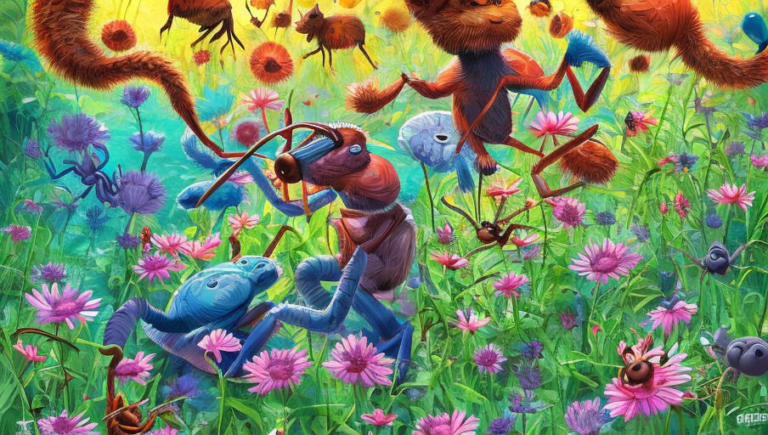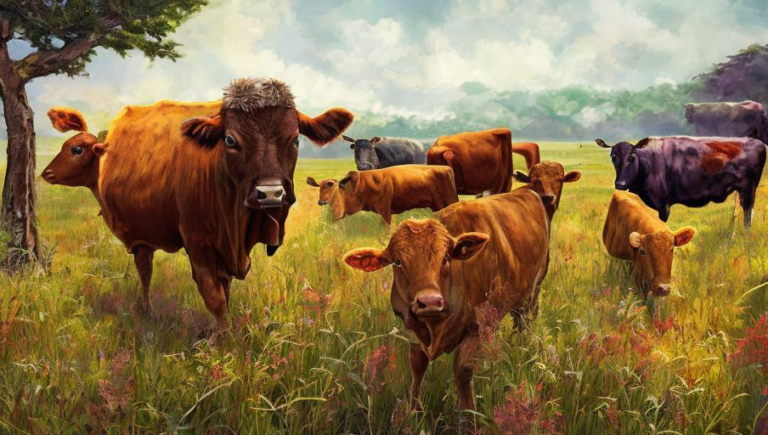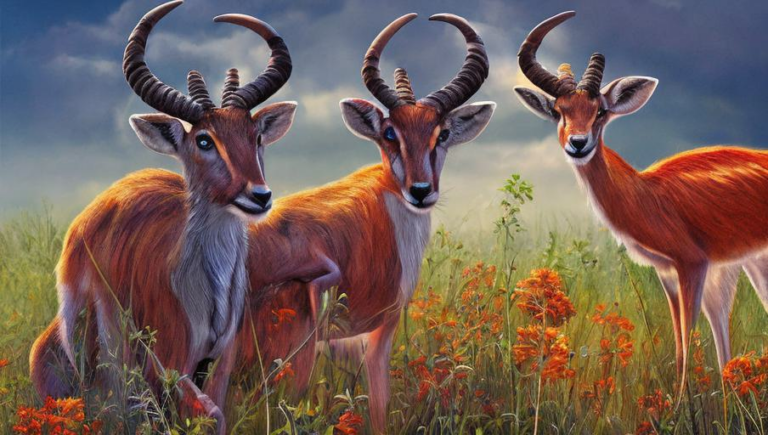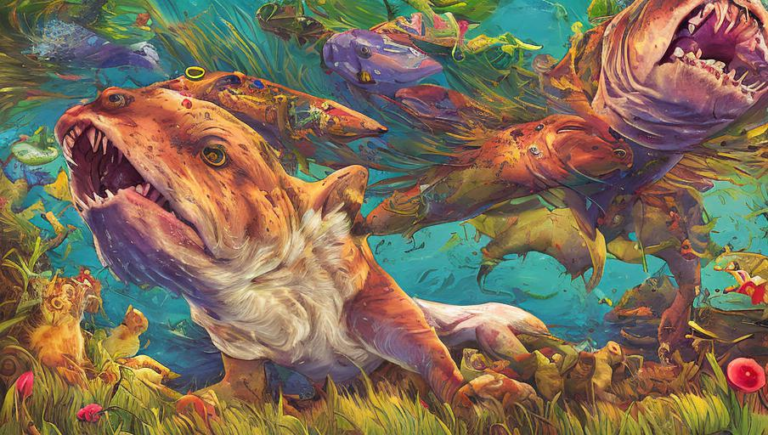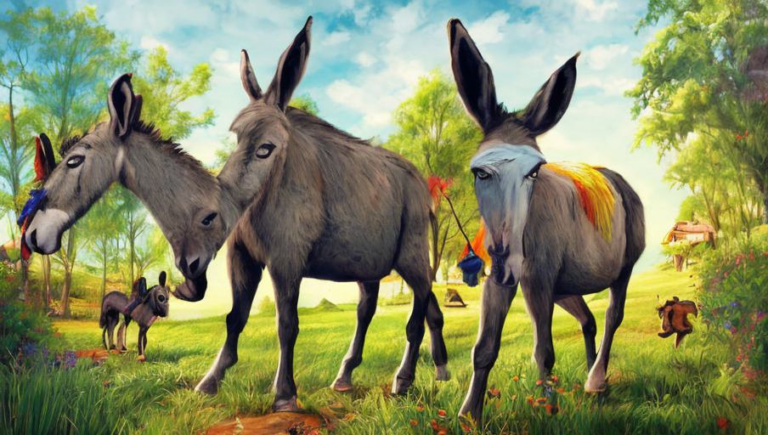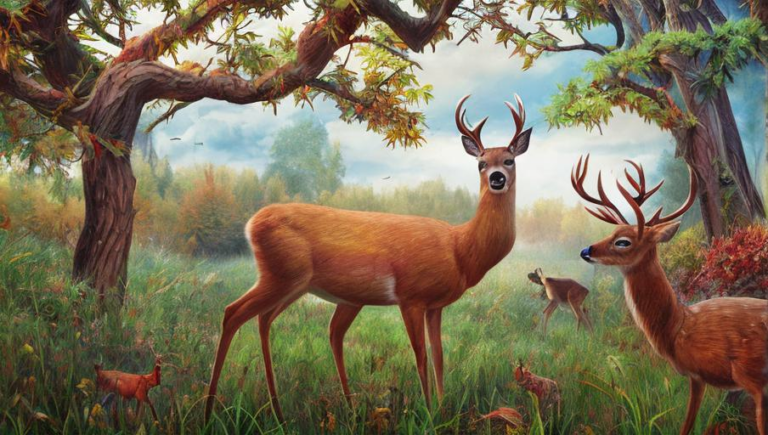Venturing into the Life of Badgers
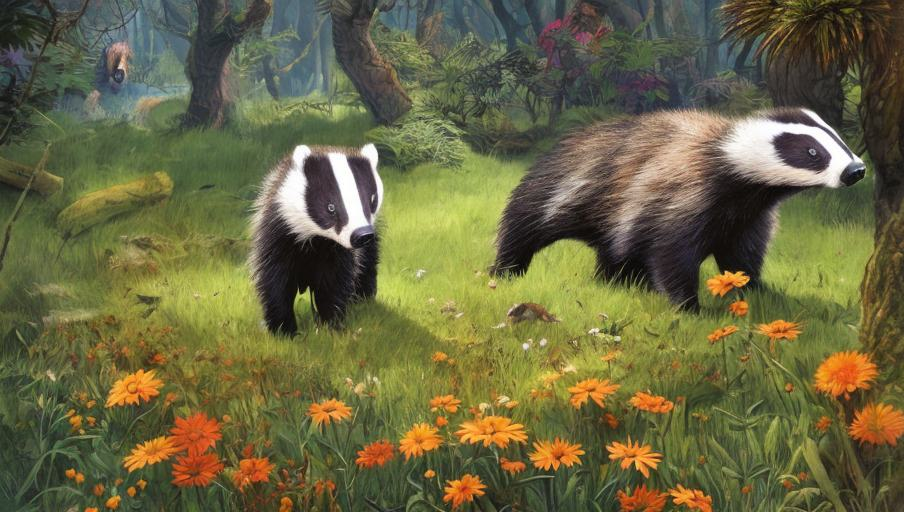
Introduction
Badgers are an iconic part of the North American wildlife. They are known for their fierce and determined nature, as well as their ability to dig deep underground tunnels. Badgers are an incredibly important species, as they play a vital role in the health of the ecosystems they inhabit. To better understand their lives and the importance of conserving their habitats, let’s take a look into the life of badgers.
Appearance and Characteristics
Badgers are members of the mustelid family, which includes otters, weasels, and wolverines. North American badgers are usually around 32 inches long and weigh anywhere from 7 to 17 pounds. They have short, stocky legs, powerful shoulders, and a long tail. Badgers have thick, grayish-brown fur and white markings on their faces and chests. Their most distinguishing feature is their long claws, which help them dig their burrows.
In terms of behavior, badgers are solitary creatures that are mostly active during the night. They are known to be fiercely territorial and will defend their territories aggressively. Badgers are also intelligent animals, as they are able to remember and recognize their family members, as well as other badgers they have encountered. Additionally, badgers have a strong sense of smell, which is used to find food and identify potential threats.
Habitat and Diet
Badgers are found in many parts of North America, from the Canadian prairies to the deserts of the southwestern United States. They live in a variety of habitats, including grasslands, woodlands, and deserts. Badgers prefer open areas with loose soil, which makes it easier for them to dig their burrows. Badgers can also be found in some suburban areas, as long as there is access to food and shelter.
Badgers are omnivores and eat a variety of foods. They mainly feed on small mammals, such as mice, voles, and ground squirrels. They also eat a variety of insects, including beetle larvae, grubs, and caterpillars. Badgers will also eat fruits and vegetables, as well as eggs and carrion.
Conservation and Threats
Badgers are important members of many ecosystems, as they help to keep populations of other small mammals in check. Without badgers, these populations can become too large, which can lead to disease and habitat destruction. Additionally, badgers help to aerate the soil, as they dig their burrows, which helps to promote healthy plant growth.
Unfortunately, badgers are facing numerous threats. Habitat destruction is one of the biggest threats, as many of their habitats are being destroyed for housing developments, farms, and other human activities. Badgers are also threatened by poaching, as their pelts are used for clothing and their meat is a delicacy. Additionally, badgers are sometimes killed when they are mistaken for other animals, such as foxes or coyotes.
Conclusion
Badgers are an important part of the North American wildlife and they play an important role in the ecosystems they inhabit. It is vital that we work to conserve and protect their habitats, as well as increase awareness about the threats they face. By doing so, we can ensure that badgers will continue to be a part of the North American wildlife for generations to come.
